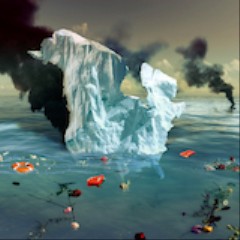Firefighters with the Jamison Creek CDF station protect a home on Acorn Drive as flames approach during the CZU Lightning Complex fire in Santa Cruz County, California, U.S., on Thursday, Aug. 20, 2020. Photo by Philip Pacheco/Bloomberg via Getty Images
Tipping Point covers environmental justice stories about and, where possible, written by people in the communities experiencing the stark reality of our changing planet.
Advertisement
Advertisement
Burned vehicles from the LNU Lightning Complex fire stands in Vacaville, California, U.S., on Thursday, Aug. 20, 2020. More than 360 blazes are burning in California, forcing mass evacuations in the northern part of the state and creating an air quality emergency. Photographer: David Paul Morris/Bloomberg via Getty Images
Advertisement
Advertisement
Advertisement
Advertisement
